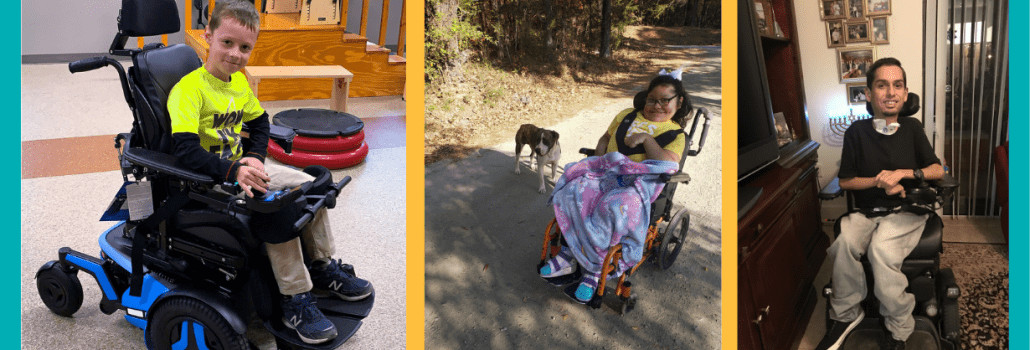
MobilityWorks
Accessibility for all: Helping people connect with who and what matters most
Searching...
No results found. Please try modifying your search.
Our nonprofit supports individuals with muscular dystrophy through fundraising to help with lifelong medical care costs.
The treatment cost of muscular dystrophy can vary dramatically. In the early stages, the average annual cost to treat a muscular dystrophy patient starts at around $20,000 before insurance.
As the muscular dystrophy disease progresses, costs can reach more than $300,000, especially if respiratory function declines and a ventilator is required.
The range of treatments for muscular dystrophy varies but typically includes physical therapy, medication management, assistive devices, and, in some cases, gene therapy or clinical trials for experimental treatments.
The level of coverage for your muscular dystrophy treatment can vary depending on your insurance plan and provider.
Treating muscular dystrophy often involves various out-of-pocket expenses that can significantly impact individuals and families. From specialized medical equipment to therapy sessions, these costs add up, underscoring the importance of understanding and preparing for the financial aspects of managing this condition.
Here are some common out-of-pocket expenses associated with treating muscular dystrophy:
Navigating muscular dystrophy comes with a unique set of questions and challenges that vary from case to case. When you factor in additional treatments, rehabilitation, therapy, and the need for long-term care, the financial burden can escalate rapidly.
Help Hope Live is your trusted medical fundraising partner that supports individuals living with muscular dystrophy. Our nonprofit organization is dedicated to helping those in need raise money for medical expenses associated with catastrophic illnesses like muscular dystrophy.
The fundraising process with our nonprofit starts with a few simple steps:
Help Hope Live differs from GoFundMe by:
We are a nonprofit with more than four decades of fundraising experience and a 4-star Charity Navigator rating.
The fundraising process with our nonprofit starts with a few simple steps:

Here are a few Help Hope Live fundraising success stories:
Danny Stern has been using a wheelchair since he was ten years old as he experiences the progressive symptoms of muscular dystrophy. He earned his doctorate, passed the Bar, and secured employment as an associate attorney. When his accessible van became unreliable, Danny turned to Help Hope Live to fund a new van. He surpassed his $35,000 fundraising goal.
Since 2009, the family of Scarlett Rose Landefeld has turned to Help Hope Live for secure, trusted, and experienced medical fundraising assistance to help with the costs associated with Scarlett’s spinal muscular atrophy (SMA) diagnosis. Scarlett has beat the odds since her second birthday, communicating with her eyes and engaging as fully as possible in the world around her. Fundraising ensures Scarlett’s community can rally to provide help, hope, and critical resources.
Musician and teacher Diane Ellis survived a stroke during a jazz performance. “Team Diane” emerged to provide hope at a time of overwhelming need through a Help Hope Live medical fundraising campaign. With over $20,000 raised so far, fundraising helps Diane cover expenses including medical costs, pain management expenses, and ongoing therapy.
If you choose to fundraise with our nonprofit, here’s how the process will look:
1. APPLY for assistance
2. YOU’LL BE PAIRED with a Client Services Coordinator
3. YOUR COORDINATOR will provide you with one-on-one fundraising help, including personalized fundraising materials and guidance on how to rally your community, share your story on social media, reach out to the press, plan in-person or virtual fundraising events, and more.
Need Other Financial Help Options?
For alternatives to fundraising, you can find information on a variety of cancer financial assistance options. Please view our Illness Resource Directory for insight into sources of direct financial aid, support groups, and other resources for cancer patients and their families.